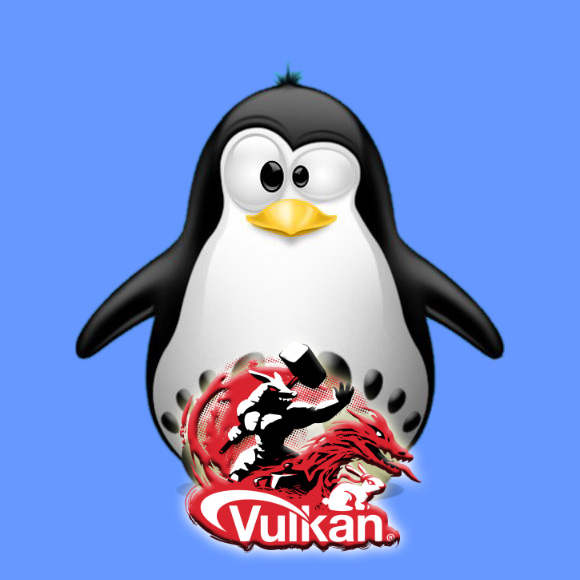GNU/Linux RHEL 9 Installing Vulkan SDK – Quick Start Guide
How to Install Vulkan SDK on RHEL 9 GNU/Linux desktop – Step by step Tutorial.
And Vulkan for RHEL 9 is a Low-Overhead, Explicit, Cross-Platform Graphics API that provides Applications with direct Control over the GPU and so Maximizing Performance.
Vulkan is not a direct replacement for OpenGL, but rather an explicit API that allows for more explicit control of the GPU on RHEL systems.
Moreover, it is a Low-level API for RHEL that is designed to expose the GPU to application developers with a minimal level of abstraction provided by the device Driver.
The SDK typically includes:
- Vulkan API headers: These headers define the Vulkan API functions and data structures. Developers include these headers in their code to make Vulkan function calls on RHEL.
- Vulkan loader: The loader is responsible for loading the Vulkan driver on the target RHEL system. It allows applications to dynamically load the Vulkan runtime libraries.
- Validation layers: These are optional runtime layers that help developers debug Vulkan applications by providing additional error checking and validation of API usage on RHEL.
- Vulkan tools: The SDK may include various tools to assist with Vulkan development on RHEL, such as code generators, performance analysis tools, and debuggers.
- Documentation and samples: The SDK typically includes documentation covering Vulkan API specifications, programming guides, and usage examples (samples) to help developers get started with Vulkan development on RHEL GNU/Linux.
Especially relevant: this enables Vulkan Apps on RHEL to benefit from lower CPU overhead, lower Memory footprint, and a higher degree of Performance Stability.
Finally, this guide includes detailed instructions about Getting Started with Vulkan SDK on RHEL.

1. Terminal Quick Start on RHEL
How to Quick Start with Command Line on RHEL
Contents